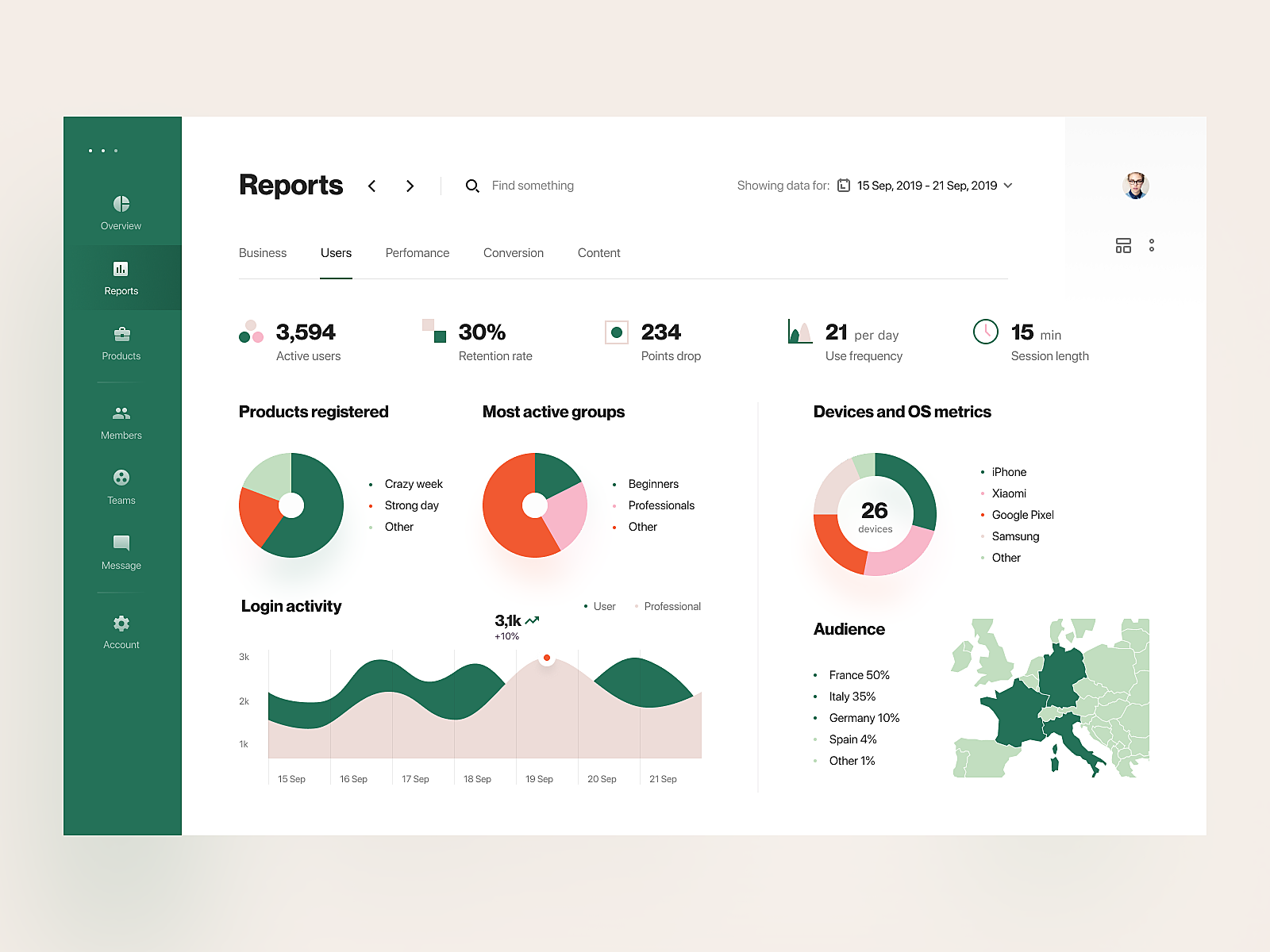In today’s digital landscape, user experience (UX) and user interface (UI) design play a pivotal role in shaping the success of digital products and services. As technology evolves and user expectations continue to rise, staying abreast of the latest UX/UI trends and best practices is essential for businesses looking to create engaging and user-friendly experiences. In this blog post, we’ll dive into the exciting world of UX/UI design, uncovering the latest trends and sharing actionable best practices to help you create exceptional digital experiences.
1. Embracing Minimalism: In the quest for simplicity and clarity, minimalist design continues to dominate the UX/UI landscape. By stripping away unnecessary elements and focusing on clean layouts, intuitive navigation, and ample whitespace, minimalist design creates an uncluttered and visually appealing user experience.
2. Personalization and Customization: As users seek more personalized experiences, UX/UI designers are embracing the power of personalization and customization. From tailored content recommendations to adaptive interfaces, personalized experiences enhance user engagement and satisfaction by catering to individual preferences and behaviors.
3. Accessibility and Inclusivity: Ensuring accessibility and inclusivity in UX/UI design is not only a moral imperative but also a business necessity. By adopting accessible design principles, such as providing alternative text for images and implementing keyboard navigation, designers can create digital experiences that are usable by all individuals, regardless of their abilities or disabilities.

4. Seamless Multichannel Experiences: With users interacting across multiple devices and platforms, designing seamless multichannel experiences has become increasingly important. Adopting responsive design principles and leveraging progressive web app (PWA) technologies, designers can create cohesive experiences that adapt seamlessly to different screen sizes and device capabilities.
5. Voice User Interfaces (VUIs) and Conversational Design: As voice technology continues to gain traction, UX/UI designers are exploring innovative ways to integrate voice user interfaces (VUIs) and conversational design into their products. By designing natural and intuitive voice interactions, designers can enhance usability and accessibility while creating more immersive user experiences.

